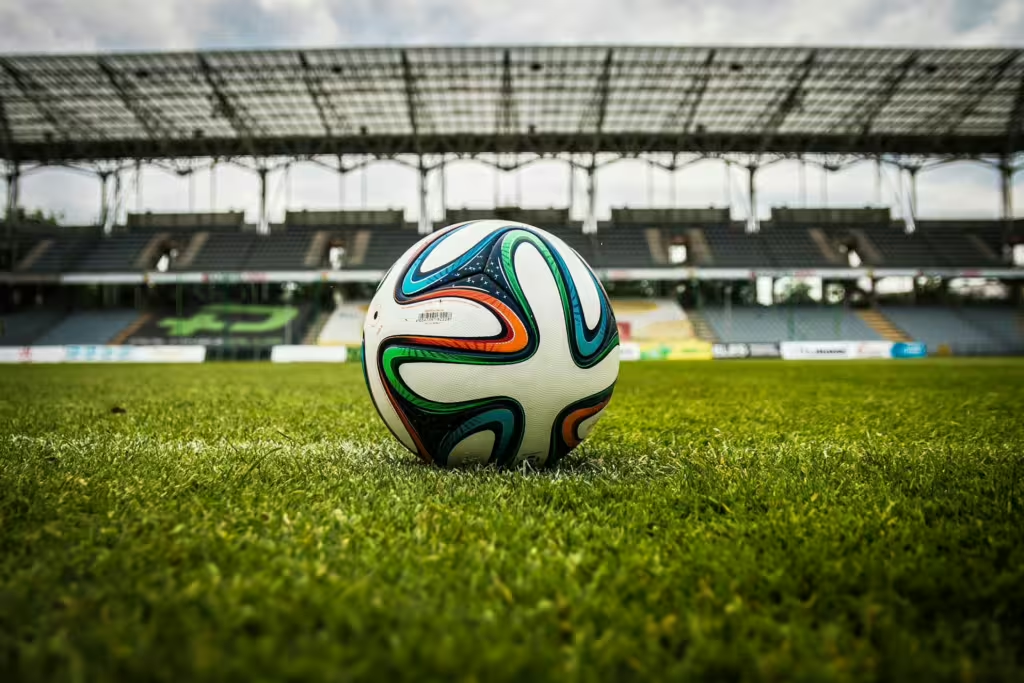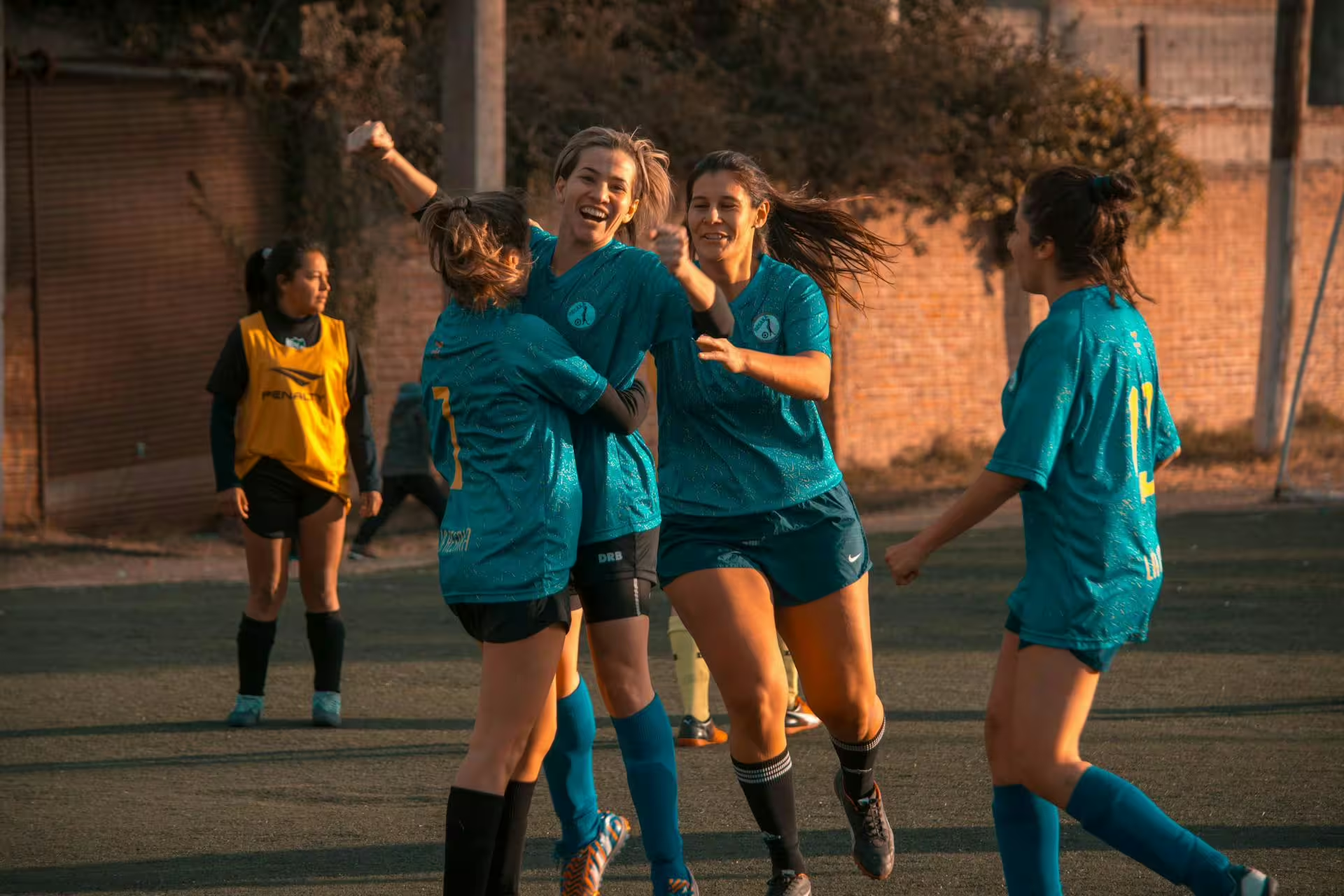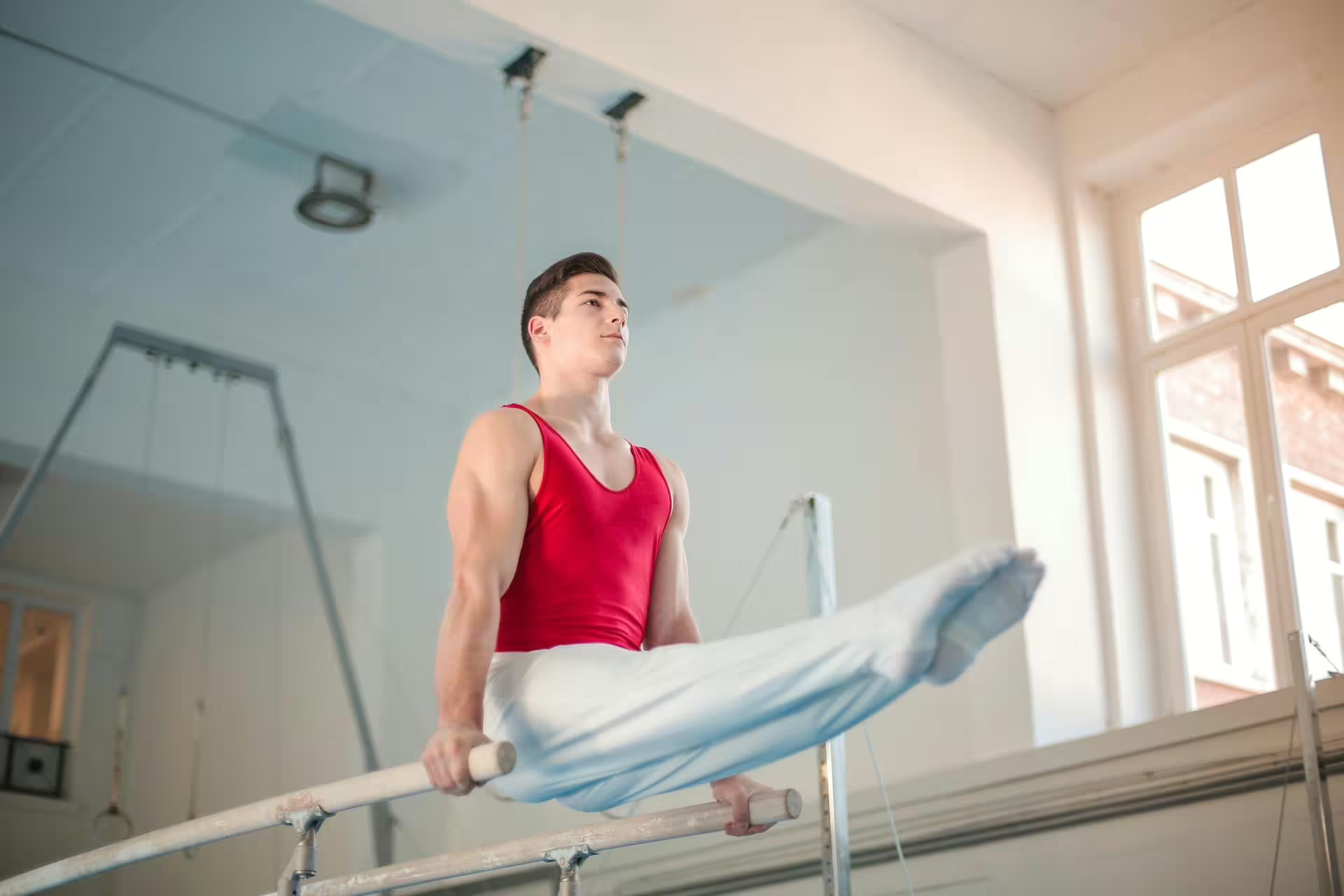Whether you’re a midwestern America cheering on your favorite football team, a Canadian superfan who plays hockey on the weekend, or a staunch defender of the honor of Manchester United, sports are likely a big part of your life. Even the most anti-sports folks understand that, like it or not, sports are an important part of every culture and subculture in our world today. From the games we play in our backyards to international events that draw in millions such as the Olympics, sports bring people together.
Sports promote teamwork, create heroes, and celebrate centuries-old traditions. They are woven into the fabric of our families, teaching each new generation how to cheer on and support our favorite teams. Sports help us to build additional communities among ourselves with like-minded fans, and build friendly (and sometimes fairly unfriendly) rivalries with the supporters of our supposed “enemies” on the other team. The point is, somewhere on Earth, sports are influencing people.
As a matter of fact, many of the sports we know today, like soccer and basketball, have rich histories and cultural connections that go beyond the petty rivalries of the World Cup and NBA Playoffs. At the same time, there are also many lesser-known traditional sports around the world that have been played for ages. These sports, both great and small, reflect the values, history, and creativity of different cultures in a myriad of ways.
In this article, we’ll explore the incredible history and origins of both popular and lesser-known sports. We will travel to around the globe, to every corner of the map, and find out how and why sports mean so much to so many.
Soccer (Football) – The World’s Favorite Game
Origins
It’s hard to argue that soccer, or football as it is known outside of the United States, is the most popular sport in the world. After all, soccer is played in nearly every country, from tiny islands in the Pacific Ocean to major cities like London, Rio de Janeiro, Madrid, and Tokyo. Soccer can trace its ancient origins back to ancient times when different civilizations played similar games involving a ball and goals. There are many versions of pre-soccer, but the most enduring has been the game as we know it today.
The modern version of soccer was first played in England in the 19th century. It was during this time that the rules of the game were formally standardized. The result, as was the style of the 19th century, was the forming of clubs, and so, in due course official soccer clubs came into existence. The first official soccer match took place in 1863 in England, but the dynamic nature of the sport and the rising interest in England as well as abroad, saw it quickly spread to other countries. Today, soccer has become a global phenomenon, with billions of fans, players, and teams across every continent.
Cultural Significance
In many countries and to many fans, soccer is more than just a sport; it’s a way of life. In Brazil, soccer is considered to be part of the national identity. Famous players like Pelé and Neymar are celebrated as Brazilian national heroes. In Europe, soccer clubs like Barcelona and the aforementioned Manchester United have fan bases that span the entire globe. The World Cup, which is essentially the world championship of soccer, is held every four years. This event is and has remained one of the largest and most-watched sporting events in the world.
Sumo Wrestling – A Japanese Tradition
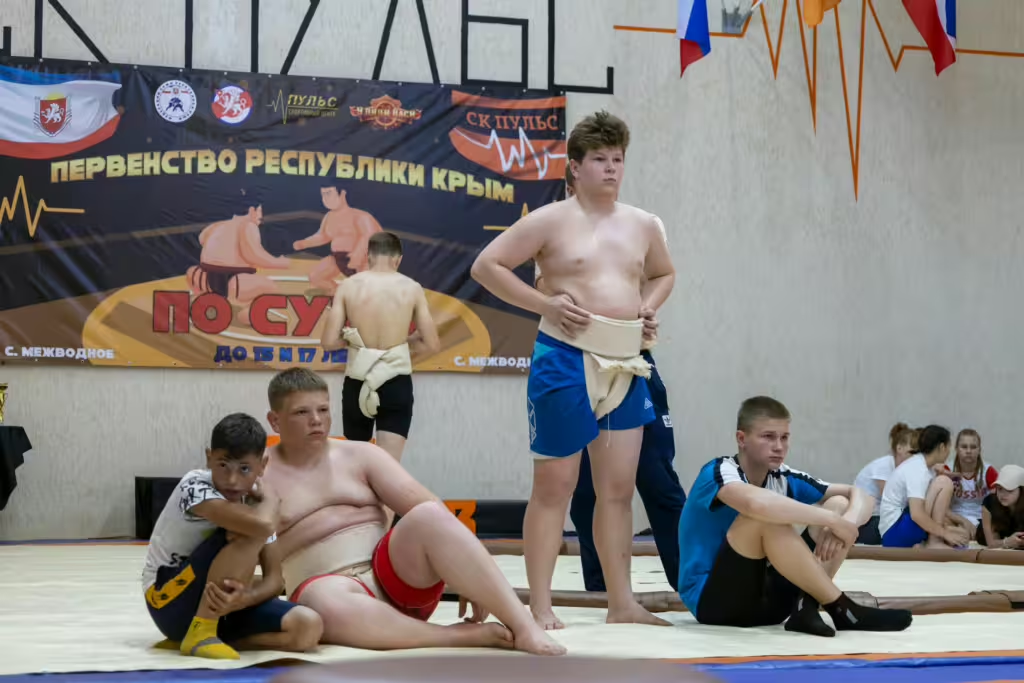
Origins
Though most readers are unfamiliar with the cultural importance of sumo wrestling, though they might be aware of it thanks to the countless, often comical references in movies, television, and video games (we’re lookin’ at you E.Honda!) Nevertheless, sumo wrestling is one of the oldest and most recognizable sports in Japan. It can trace its origins all the way back over 1,500 years ago, where it was mostly utilized as part of religious rituals and festivals. You see, originally, sumo was a performance meant to entertain the gods and bring about good harvests.
Over time, the sport evolved and changed until it became the competitive event we see today. The rules of sumo are simple, knock the other guy out of the ring. Two wrestlers, or rikishi, face off in a circular ring. The goal is to force your opponent out of the ring or to make any part of their body, except for the soles of their feet, touch the ground. Despite this simplicity, some might argue because of it, the sport requires an incredible amount of skill and strength; more than most people might assume. The matches are short but intense, often lasting only a few seconds.
Cultural Significance
As one might expect, sumo is deeply ingrained in Japanese culture. For many competitors, this sport is way of life. Sumo wrestlers live in special training stables and follow a strict daily routine, including diet. The sport also has many traditional ceremonies attached to it, such as the pre-match rituals, where wrestlers perform symbolic movements in an effort to purify the ring prior to “combat.” These days, sumo matches are still held at major tournaments, with the highest-ranking wrestlers earning prestigious titles and the respect of their fans.
Kabaddi – A Traditional Sport from South Asia
Origins
Kabaddi is a popular sport in India and South Asia, though many western readers have probably never heard of it. That doesn’t make it any less popular, however, nor does it change the deep historical roots of this unusual sport that go back thousands of years. Kabaddi is believed to have originated in ancient India, where it was used as a training exercise for warriors. The sport involves two teams, and the goal is for one player to enter the opposing team’s half of the field and tag an opponent…all while holding their breath. It is this most unusual element that makes kabaddi so interesting and difficult to play. Also, after the player does tag an opponent on the opposite side, they still must return to their side without being caught, again, while still holding their breath. The opposing team is attempting to stop the breathless player the whole time, by holding them back or tagging them.
Kabaddi is unique because it doesn’t require any equipment; no balls, no bats, no fancy sticks. Players are meant to rely on their agility, strength, and strategy to outwit their opponents. Kabaddi is played in many countries, including India, Pakistan, Bangladesh, and Iran, but has even gained popularity in other places like South Korea and Kenya.
Cultural Significance
Many people refer to kabaddi as the “game of the masses” because it is played by people of all ages and backgrounds, particularly in rural areas. Regardless of its names or popularity, the lessons learned while playing kabaddi are excellent for younger athletes. The sport promotes teamwork, quick thinking, and physical fitness. In India, kabaddi also has a strong cultural connection linked to its history, and it is played at many local festivals and tournaments.
In recent years, kabaddi has even managed to gain a measure of international recognition, with professional leagues like the Pro Kabaddi League in India drawing large crowds and broadcasting the sport to countries all over the planet.
Polo – The Sport of Kings
Origins
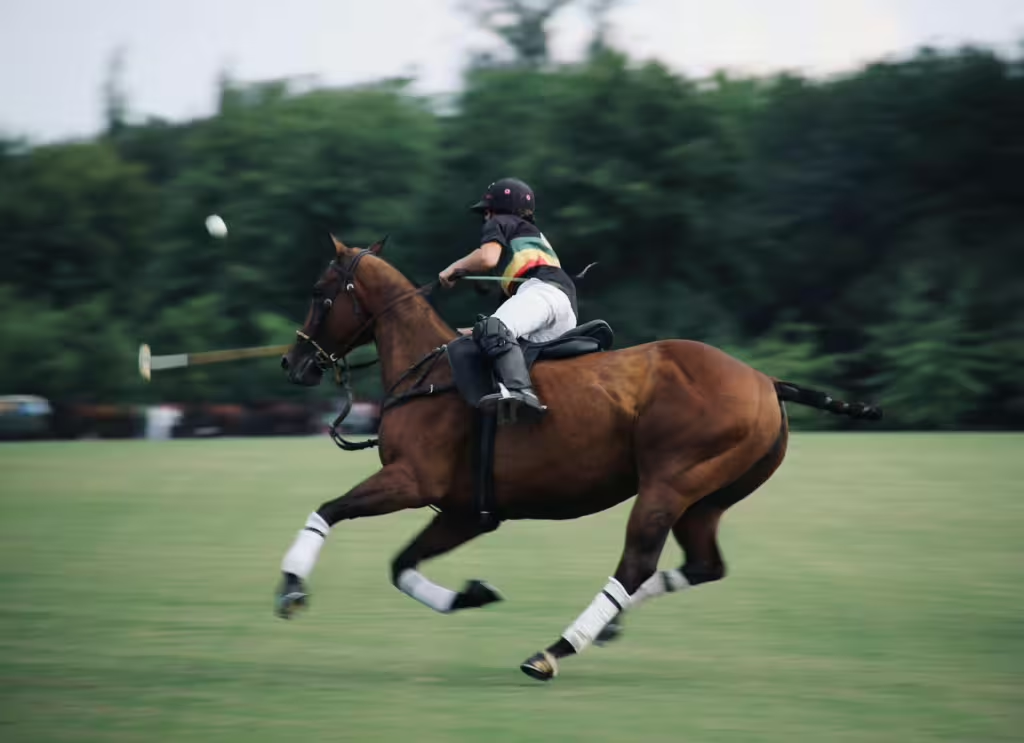
While many of the other sports on this list could be construed as “kid appropriate,” polo is not necessarily one of them. This horse-related sport has often been referred to as “the sport of kings” because of its historical association with royalty and aristocracy. The original version of the sport was first played in ancient Persia (modern-day Iran) over 2,000 years ago. Kings and warriors used this pre-polo as a means of showcasing their impressive horsemanship skills. It was later introduced to India, China, and other regions of the world through cultural diffusion.
In polo, two teams of four players, all astride horses, we might add, each try to score by hitting a ball into the opposing team’s goal using a long-handled mallet. The game is fast-paced, a little dangerous, and requires great skill in both horsemanship and ball control.
Cultural Significance
Unsurprisingly, polo has been a favorite sport among British and Indian royals since the 19th century. As a result, the sport soon became synonymous with elite society. That label stuck, and today, polo remains a high-society sport in many parts of the world; Argentina, the United States, and the United Kingdom to name a few.
Hurling – The Fast and Furious Irish Game
Origins
3,000 years ago, Irish people invented an ancient sport and played on the fields of the Irish countryside. At first, it was a way of teaching warriors to train. The game version was played with a small, hard ball called a sliotar and a curved wooden stick called a hurley. The objective? To score points by hitting (or perhaps hurling) the ball into the opponent’s goal or between the two goalposts.
If it wasn’t abundantly clear, hurling has been a part of Irish culture for centuries. The game has deep roots in the country’s mythology and history and was said to have been played by legendary Irish folk heroes like Cú Chulainn.
Cultural Significance
The hurling we know of today is deeply woven into the fabric of modern Irish society, as well. It is played at every level, from local clubs to national competitions and governed by the Gaelic Athletic Association (GAA), which also organizes Gaelic football. It stands a symbol of Irish athleticism, skill, and historical pride.
Wrestling – A Global Tradition
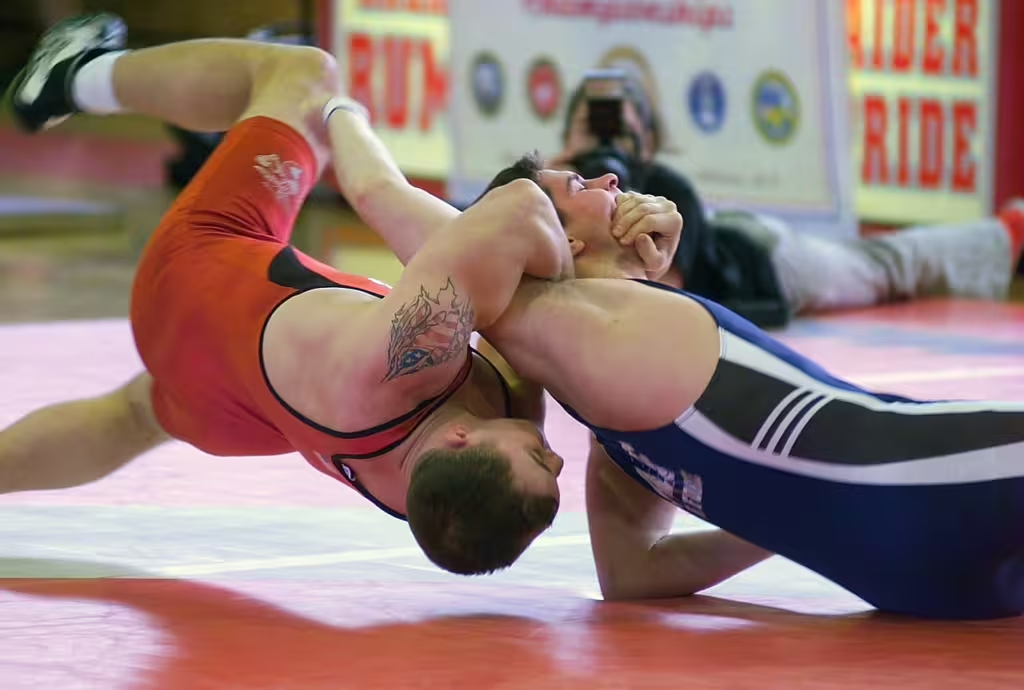
Origins
Wrestling might just be the oldest sport on this list. It also happens to be one of the very oldest in human history. It dates back to ancient civilizations in Greece, Rome, and Egypt, where it was practiced as both a form of combat and a form of entertainment. In ancient Greece, wrestling was chosen as one of the key event in the first Olympic Games. When the Romans took over, it became an important feature of gladiatorial contests.
These days, wrestling exists in many forms across the world, including freestyle, Greco-Roman, and traditional styles like sumo (Japan) and lucha libre (Mexico). Professional wrestling, while more sports entertainment than actual sport, was inspired by traditional wrestling, and requires a tremendous amount of athleticism and skill to be performed; not to mention a bit of artistic talent. Other forms of wrestling also require some degree of strength, strategy, and technique in order to outmaneuver your opponent and gain control of the match.
Cultural Significance
Today, wrestling stands as not just a competitive sport but also a way to demonstrate strength and honor in many cultures. In places like Mexico, lucha libre has evolved into a vibrant cultural tradition, complete with colorful masks and dramatic matches. In the Middle East, traditional wrestling styles like kushti are deeply rooted in the region’s history. And the Olympic games still feature wrestling matches to this day.
Cultured Athlete Says…
As you can see, sports are a not just a way to get kids physically motivated and excited about playing games. Even if we at Cultured Athlete have always believe that to be true, sports has always been so much than that. For many people, all over the world, sports is a way for folks to connect with one other, share their cultures, and celebrate their shared traditions. From soccer in Brazil to kabaddi in India, every sport has its own story and significance. Whether popular or lesser-known, these sports reflect the values of the communities that play them.
As we learn about these different sports, we gain insight into the people that invented them, the players who engage with them, and the fans who enjoy them. By learning about and respecting traditional sports from around the world, we can gain a deeper understanding of the global community and the rich diversity that exists in our world. So the next time you sit down to watch the World Cup, take a look at the stadium, at the folks in the bar next to you, or the smiles on your kids’ faces; you might be surprised to learn how deeply sports bring us all together.
Discover more from CulturedAthlete
Subscribe to get the latest posts sent to your email.

